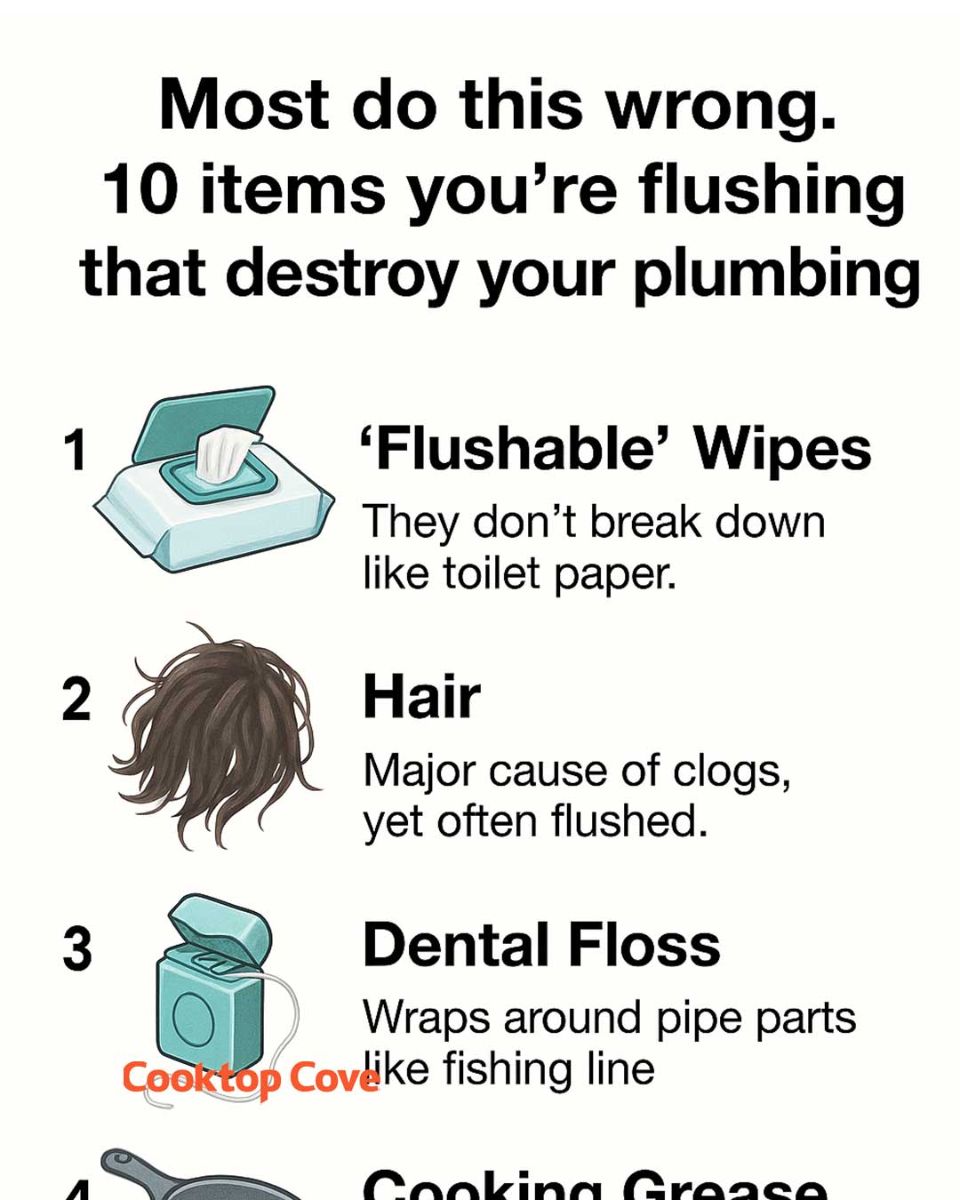Cotton swabs may seem small and harmless, but they can cause significant blockages when flushed. Made from cotton and plastic, these swabs do not break down easily in water and can become lodged in pipes, leading to clogs. Even a single cotton swab can catch on other debris and create a blockage that requires professional intervention to clear.
To avoid these issues, always dispose of cotton swabs in the trash. This simple step can help prevent plumbing problems and reduce the risk of costly repairs.
6. Feminine Hygiene Products: Not for Flushing
Feminine hygiene products, including tampons and sanitary pads, are not designed to be flushed. These products are made to absorb moisture and expand, which can lead to severe blockages in plumbing systems. In fact, flushing these items is one of the most common causes of plumbing issues in residential and commercial properties.
To prevent these problems, always dispose of feminine hygiene products in the trash. This practice can help maintain clear pipes and prevent costly plumbing repairs.
7. Paper Towels and Tissues: Not Toilet Paper
While paper towels and tissues may seem similar to toilet paper, they are not designed to break down in water. These products are often thicker and more absorbent, which can lead to clogs when flushed. In fact, flushing paper towels and tissues is a common cause of plumbing issues in both residential and commercial properties.
To avoid these problems, always dispose of paper towels and tissues in the trash. This simple step can help maintain clear pipes and prevent costly plumbing repairs.
8. Medication: A Risk to Plumbing and Environment
Flushing medication down the toilet can have serious consequences for both plumbing systems and the environment. Medications do not break down easily in water and can contribute to blockages in pipes. Additionally, flushed medications can contaminate water supplies and harm aquatic life.
To properly dispose of medications, take advantage of drug take-back programs or follow the disposal instructions on the medication label. This practice can help protect both your plumbing system and the environment.
9. Cat Litter: Not as Flushable as Advertised
Despite some brands being marketed as flushable, cat litter should never be flushed down the toilet. Cat litter is designed to absorb moisture and clump, which can lead to severe blockages in plumbing systems. Additionally, flushed cat litter can introduce harmful bacteria and parasites into water supplies.
To properly dispose of cat litter, bag it and throw it away with your regular trash. This practice can help maintain clear pipes and protect the environment.
10. Cigarette Butts: A Hazardous Flush
Cigarette butts are not biodegradable and can cause significant blockages when flushed. Made from synthetic materials, cigarette butts do not break down easily in water and can become lodged in pipes, leading to clogs. Additionally, flushed cigarette butts can introduce harmful chemicals into water supplies.
To avoid these issues, always dispose of cigarette butts in the trash. This simple step can help prevent plumbing problems and protect the environment.
11. Food Scraps: The Unseen Threat
While it may be tempting to flush food scraps down the toilet, this practice can lead to significant plumbing issues. Food scraps do not break down easily in water and can contribute to blockages in pipes. Additionally, flushed food scraps can attract pests and contribute to unpleasant odors.
